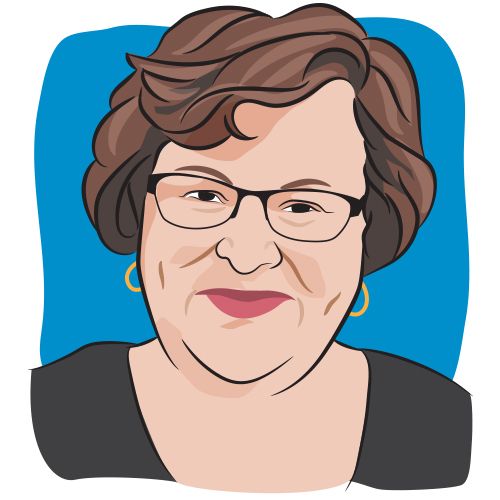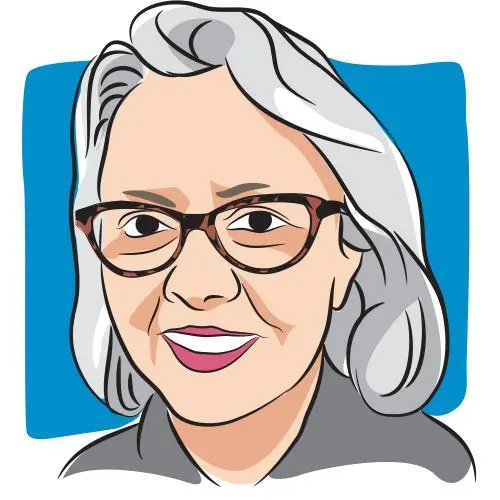Article
Blood Cancers Meeting Stresses the Importance of Clinical Trials
Author(s):
Clinical trials and other relevant topics were highlighted at the 2009 Texas Forum on Blood Cancers.
Less than 5 percent of cancer patients participate in clinical trials, which is why Louis J. DeGennaro, PhD, chief scientific officer for The Leukemia & Lymphoma Society, stressed the value of clinical trials for blood cancer patients at the third annual Texas Forum on Blood Cancers on February 28 in Dallas.
With nearly 20 breakout sessions on topics such as long-term and late effects, fear of relapse, integrative therapy, and updates from the 2008 annual meeting of the American Society of Hematology, the more than 400 participants had a lot to take in during the day-long meeting.
DeGennaro started the forum by highlighting the organization’s efforts to support research and clinical trials through the Therapy Acceleration Program (TAP). Launched in 2008, 75 percent of TAP funding goes to its Biotechnology Accelerator Division, which collaborates with the private/corporate sector to test drugs for blood cancers.
“Companies may have drugs on the shelf that are approved for other cancers and may work in blood cancers, but haven’t been tested because of lack of money and lack of enough patients,” DeGennaro explained during the opening session, “Accelerating the Development of New Blood Cancer Therapies.” As a result, The Leukemia & Lymphoma Society teams up with pharmaceutical companies to fund new research projects and clinical trials of promising therapies for blood cancer patients.
The other two divisions of TAP—Academic Concierge Division and the Clinical Trials Division—connect academic researchers with drug manufacturers to produce enough of a certain drug to initiate a clinical trial, as well as partner with leading clinical trial centers to make those studies more accessible to blood cancer patients.
In addition to obtaining funding for research, recruiting the number of patients needed for a particular clinical trial also poses a challenge.
Fredrick B. Hagemeister, MD, professor of medicine in the Lymphoma and Myeloma Center at M.D. Anderson Cancer Center in Houston, led the Hodgkin disease breakout session. According to Hagemeister, many patients, including his own, prefer to be treated at their local community hospitals, but the majority of clinical trials are done at comprehensive cancer centers or larger facilities. A way to get past this hurdle, he says, is to move clinical trials into the community hospitals, where most cancer patients are treated.
This strategy is already being used by clinical trial cooperative groups, such as Southwest Oncology Group (SWOG), Cancer and Leukemia Group B (CALGB), and the Eastern Cooperative Oncology Group (ECOG). These large networks of researchers and physicians from private and public institutions across the country collaborate in multi-center trials that allow physicians to enroll patients in a particular trial at their own centers.
The Leukemia & Lymphoma Society is working toward this by collaborating with the Cleveland Clinic Taussig Cancer Institute on The Clinical Trial Center for Hematologic Malignancies, DeGennaro told the audience. The clinical trial center will conduct several trials, including a phase I trial for chronic lymphocytic leukemia and a phase I/II trial for patients with CLL or indolent B-cell lymphoma, later this year. More information on these trials can be found at http://www.leukemia-lymphoma.org.
In addition to finding new and better treatments, clinical trials are also the only way to discover safer treatments and delivery methods. “We want to reduce toxicities. That’s where we are now,” Hagemeister said. “And any clinical trial usually tries to ask the question[s]: Is this a safer therapy? [Does it] reduce the number of cycles of chemotherapy, drop out toxic drugs, find out what the right dose levels are? Can we use lower doses and get away with it?”
He calls out clinical trials of Torisel (temsirolimus) for mantle cell lymphoma as an example. When the drug, which is currently approved for advanced kidney cancer, was first given to mantle cell lymphoma patients, the initial dose was very high and made patients sick, he says. As a result, the investigators of the clinical trials lowered the dose to one-tenth of the original dose and still got the same tumor response.
In a trial of Velcade (bortezomib), Hagemeister gives another example. “One-tenth was better because you got less toxicity,” Hagemeister said, but added that the lower dose given more frequently was more toxic than the higher dose given less frequently.
“You wouldn’t be able to guess that unless you actually did a trial,” he says. “You wouldn’t be able to actually understand that or know that, and that’s why we conduct clinical trials.”
To find a clinical trial that’s right for you, go to www.curetoday.com/trialcheck.




